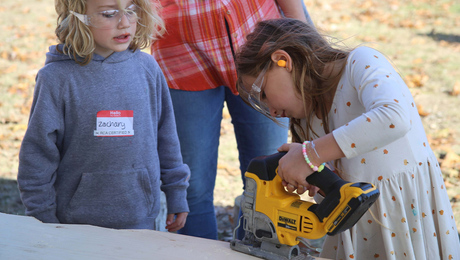*
A few weeks ago I ventured into the attic of my 2 1/2 year old house to start sealing up any possible leaks from the house interior into the attic. What I found was a mess that appears to be getting worse. The builder ran the ducts from the bathroom fans up into the attic terminating them near the roof vents which consist of cheap looking 6″x8″ plastic through roof vents. In addition, he terminated the range hood vent into the attic with no attempt made to reach the outside. I have since temporarily plugged and disabled the range hood, re-routed the bathroom fans through the gable ends using PVC pipe and louvered vent covers and sealed up several 1/2″ gaps around ceiling fixtures but sub zero temps have stopped my work. I plan on sealing the rest of the attic as soon as the weather warms up enough. When I started, I found a small amount of dampness around these ducts and thought it would dry out after re-routing them. I was wrong! Today I went up there to see if it was drying out and found the whole attic (trusses, sheathing, insulation, everything) covered by a layer of frost. This prompted me to check out the crawl space. I found frost in the corners, frost where the floor insulation was in contact with the concrete foundation, and condensation on the joist hangers. Now that I have this problem and winter is going full force, is there anything I can do to stop it, fix it, or minimize any potential damage from it?
TIA
Woodrow















Replies
*
Fred:
If I can get a close-up picture I'll send you one or more, I certainly have a lot of vents with frost in them.
I have forced air electric heat with the return duct thru the attic and delivery ducts in the crawl space. Its a single story, all flat ceilings,and the attic floor is all one level. The attic venting consists of 5 or 6 of the through the roof vents I mentioned and 2" holes drilled in the blocking between the trusses at every forth truss. This blocking is flush with the outside walls. The foundation vents are just typical screened vents currently plugged with foam inserts. The crawl space floor is dirt covered with black plastic although the plastic was severely slashed by the builder to allow water that accumulated during construction to disapate. There are no chimneys but there are 6 recessed can lights ( I had planned to seal these but haven't yet). I'll check to see if air blows in or out of a window.
It was -15F this morning here in Central Oregon.
Thanks,
Woodrow
*Fred:Thanks for the info.I have a totally electric house so I don't have to worry about combustion tests. Having been sick in the past from carbon monoxide poisioning I believe that may be the only benefit from paying the outrageous costs for electric heat.Concerning the recessed can lights: I was planning on constructing boxes around them using foil faced rigid foam then sealing them with spray poly foam. Is this overkill or is there a easier way I should approach them?In my crawl space there is frost where the floor insulation contacts the concrete foundation. I have read other posts that suggested not insulating floors over crawl spaces. Would there be any benefit to removing the insulation from the perimeter of the crawl space to allow air to reach all parts of the foundation?I have visited your website in the past and found it very informative. I'll try the Front Door Test ASAP. Thanks again,Woodrow